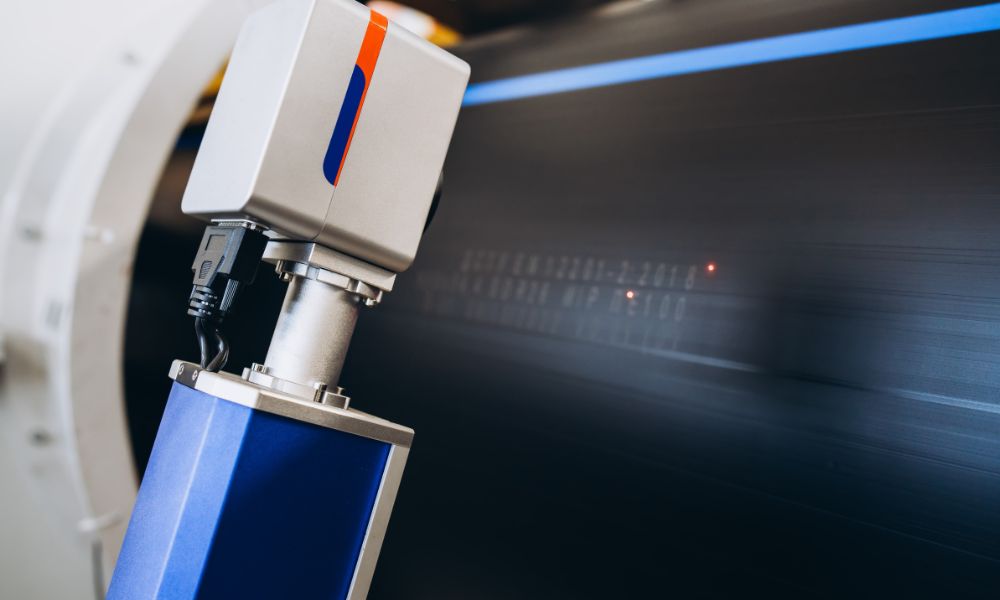Wire and Cable Marking Regulations Everyone Should Know

Wire and cable marking may seem like a small aspect of manufacturing, but it plays a crucial role in ensuring compliance with regulations and industry standards. Engineers, lab managers, and development teams must stay up to date with wire and cable marking regulations to maintain product safety and quality.
Below, we’ll discuss the critical wire and cable marking regulations everyone should know, including the National Electrical Code, the Underwriters Laboratories Standards, and the International Organization for Standardization Standards.
Importance of Wire and Cable Marking Regulations
Wire and cable manufacturers are required to comply with various federal, state, and industry-specific regulations. These regulations ensure product safety and help identify and trace cables for troubleshooting or maintenance purposes.
Failing to comply with these regulations can result in costly consequences, such as product recalls, fines, or legal actions. Therefore, it is crucial to have a thorough understanding of wire and cable marking regulations.
National Electrical Code (NEC)
The NEC is the standard for safe electrical installations in the United States. It includes specific wire and cable marking requirements to ensure proper installation and maintenance. For instance, all wires must be labeled with their voltage, current rating, and type of insulation.
Additionally, the NEC also requires wire and cable markings to be durable and legible for the product’s life. This ensures that cables can be easily identified and traced in case of any issues.
Aerospace Regulations: MIL50881
Aerospace is an industry in which wire and cable marking regulations are especially important. The industry has strict standards and specifications to ensure safety and quality. The MIL50881 standard was developed by the United States Department of Defense to establish guidelines for the identification and marking of wires, cables, and associated hardware used in military aerospace applications.
MIL-STD-50881 specifies the requirements for marking materials, methods, and locations of wire and cable markings. This includes information such as wire size, length, voltage rating, and manufacturer’s name or code. The goal is to ensure that all wires are clearly identified to prevent errors in installation and maintenance.
Aerospace Regulations: SAE ARP 5607
Another critical wire and cable marking regulation for aerospace applications is the SAE ARP 5607. This regulation deals specifically with standards for print and legibility on cables and wires. According to this standard, all wire markers must be permanent, legible, and easily identifiable by color or code. They must also withstand harsh environmental conditions such as extreme temperatures, chemicals, abrasion, and moisture.
SAE ARP 5607 also specifies the use of colors for wire markers to indicate different types of wires and their functions. For example, red markers are used for high-voltage wires while blue markers are used for low-voltage and ground wires. This color-coding system allows maintenance technicians to quickly and accurately identify wires during inspections or repairs.
Get Reliable Wire and Cable Marking With Tri-Star Technologies
Those are the most important wire and cable marking regulations you should know if you operate in an industrial setting or require any wire or cable marking. At Tri-Star Technologies, our industrial laser marking machines can meet all NEC, UL, ISO, and other compliance standards with durable, legible, and reliable wire and cable marking. Browse our selection of industrial wire marking systems and contact our staff of experts if you’d like to learn more about laser wire marking today.


